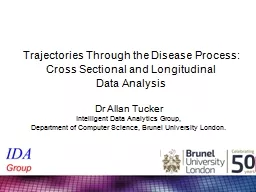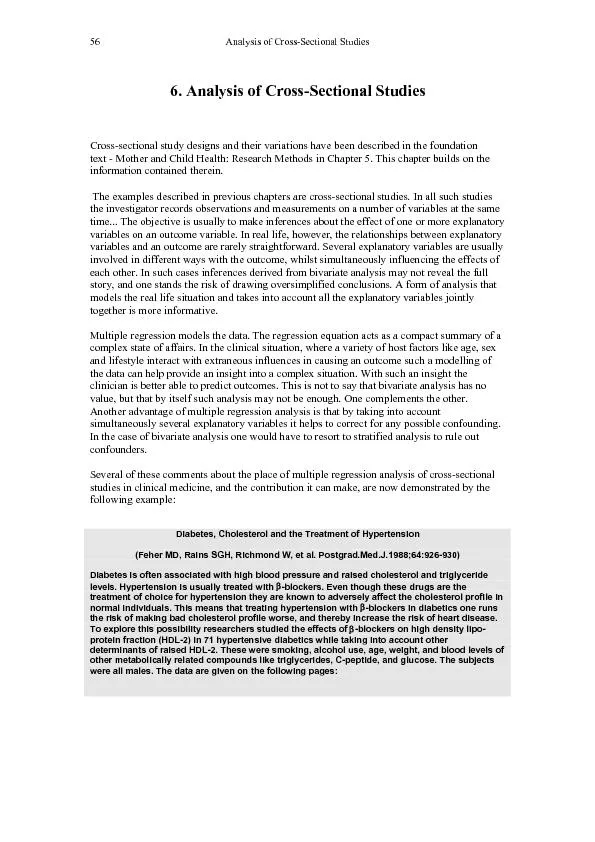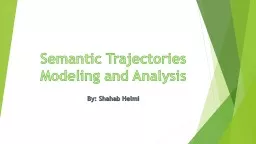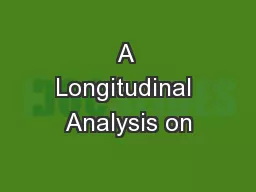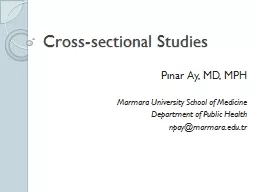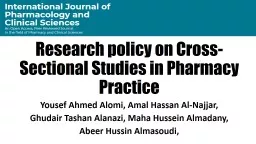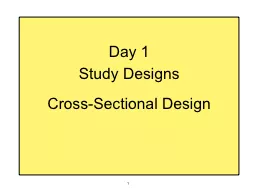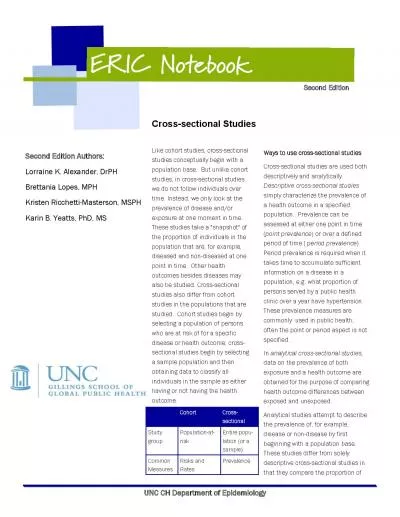PPT-Trajectories Through the Disease Process: Cross Sectional and Longitudinal
Author : matterguy | Published Date : 2020-06-16
Data Analysis Dr Allan Tucker Intelligent Data Analytics Group Department of Computer Science Brunel University London The Talk The IDA Group at Brunel Some characteristics
Presentation Embed Code
Download Presentation
Download Presentation The PPT/PDF document "Trajectories Through the Disease Process..." is the property of its rightful owner. Permission is granted to download and print the materials on this website for personal, non-commercial use only, and to display it on your personal computer provided you do not modify the materials and that you retain all copyright notices contained in the materials. By downloading content from our website, you accept the terms of this agreement.
Trajectories Through the Disease Process: Cross Sectional and Longitudinal: Transcript
Download Rules Of Document
"Trajectories Through the Disease Process: Cross Sectional and Longitudinal"The content belongs to its owner. You may download and print it for personal use, without modification, and keep all copyright notices. By downloading, you agree to these terms.
Related Documents

